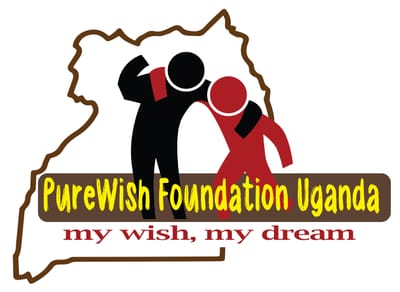UGANDA, NORTHERN REGION
Uganda “the Pearl of Africa,” boasting some of the best scenery in Africa, is composed of lakes, rivers, mountains, and semi-arid lands. It is home to Lake Victoria, Africa's largest lake and chief source of the Nile River.
Uganda’s people have endured much suffering in recent history. Between 800,00 to 2 million people died during Idi Amin (1971–1979) and the civil wars, tribal killings, and famines that followed.
Then, from 1988 to 2006, the rebel Lord’s Resistance Army terrorized Uganda's northern districts. As the government forced the closure of Internally Displaced Persons (IDP) camps in 2007, most of the people of northern Uganda returned to their homes or communities. However, countless communities were completely destroyed and families killed, leaving many with nowhere to go.
Today, typical Ugandans live in villages made up of small houses, often less than a couple hundred square feet. The houses in rural parts of the country are made of mud with thatched-grass roofs, though there are now an increasing number of houses with corrugated iron roofs. About 80 percent of all Ugandans work in agriculture.
POVERTY REPORT
Poverty Status Report 2021 – Jobs, informality and poverty in Uganda: Insights on performance before and during COVID-19. 8 Figure 2.1: Poverty trend 1992/93-2019/20 Source: MoFPED (EDPRD) staff computation based on UNHS 1992/93-2019/20 data sets. Although the poverty rate decreased between
Uganda’s people have endured much suffering in recent history. Between 800,00 to 2 million people died during Idi Amin (1971–1979) and the civil wars, tribal killings, and famines that followed.
Then, from 1988 to 2006, the rebel Lord’s Resistance Army terrorized Uganda's northern districts. As the government forced the closure of Internally Displaced Persons (IDP) camps in 2007, most of the people of northern Uganda returned to their homes or communities. However, countless communities were completely destroyed and families killed, leaving many with nowhere to go.
Today, typical Ugandans live in villages made up of small houses, often less than a couple hundred square feet. The houses in rural parts of the country are made of mud with thatched-grass roofs, though there are now an increasing number of houses with corrugated iron roofs. About 80 percent of all Ugandans work in agriculture.
POVERTY REPORT
Poverty Status Report 2021 – Jobs, informality and poverty in Uganda: Insights on performance before and during COVID-19. 8 Figure 2.1: Poverty trend 1992/93-2019/20 Source: MoFPED (EDPRD) staff computation based on UNHS 1992/93-2019/20 data sets. Although the poverty rate decreased between



